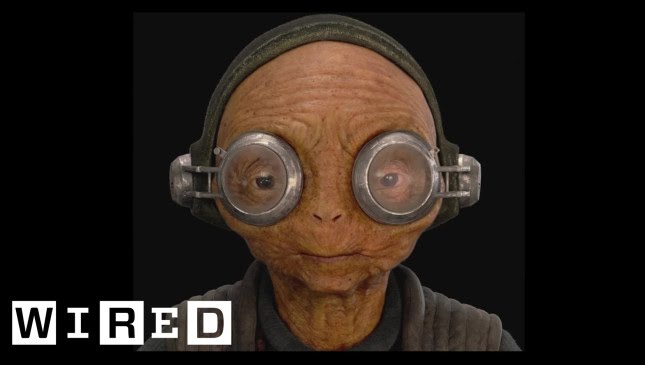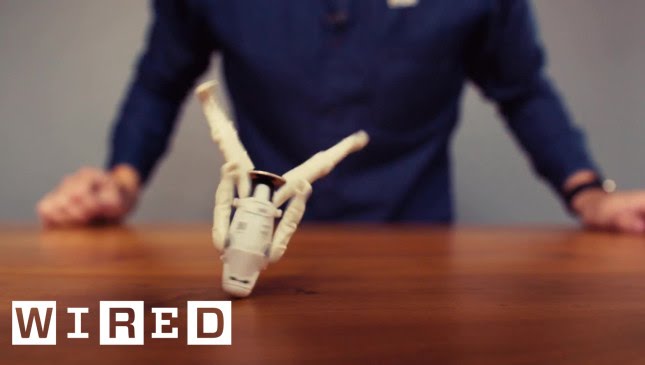Tips and Tricks on How to Look at Satellite Imagery
Summary
In this article, we explore the insights shared by Keith Masbac, a remote sensing expert with over 30 years of experience, on how to look at satellite imagery. Masbac emphasizes the importance of understanding context and observing a place over time to identify patterns and progressions. He also provides examples of how remote sensing can be used to identify natural phenomena and man-made activities, including human rights violations.
Table of Contents
- Understanding Context and Observing a Place Over Time
- Identifying Man-made Activities and Natural Phenomena
- Remote Sensing as a Tool for Bearing Witness to Human Rights Violations
- Looking at Aerial Views in a Different Way
Understanding Context and Observing a Place Over Time
According to Masbac, looking at satellite imagery is not just about identifying what is present in the image but also understanding the context of the image. He emphasizes the importance of observing a place over time to identify patterns and progressions. By doing so, one can detect changes that may not be immediately apparent.
Identifying Man-made Activities and Natural Phenomena
Masbac explains that remote sensing can be used to detect man-made activities such as deforestation and military movements. It can also be used to identify natural phenomena such as glacier retreat and sediment deposition. By observing these changes over time, one can gain insights into the impact of human activities on the environment.
Remote Sensing as a Tool for Bearing Witness to Human Rights Violations
Masbac highlights how remote sensing has been used to bear witness to human rights violations. For example, satellite imagery was used to document the genocide in Darfur and the re-education camps in North Korea. By using remote sensing, human rights organizations can gather evidence of atrocities that might otherwise go unnoticed.
Looking at Aerial Views in a Different Way
Masbac suggests looking at aerial views in a different way, whether it’s from an airplane or a satellite image. He encourages looking for patterns that may not have been noticed before and searching for what is missing. By looking with a different perspective, surprising discoveries can be made.
Conclusion
In conclusion, remote sensing is a powerful tool for gaining insights into our environment and the impact of human activities on it. By understanding context, observing a place over time, and looking at aerial views in a different way, we can gain new insights into our world.







